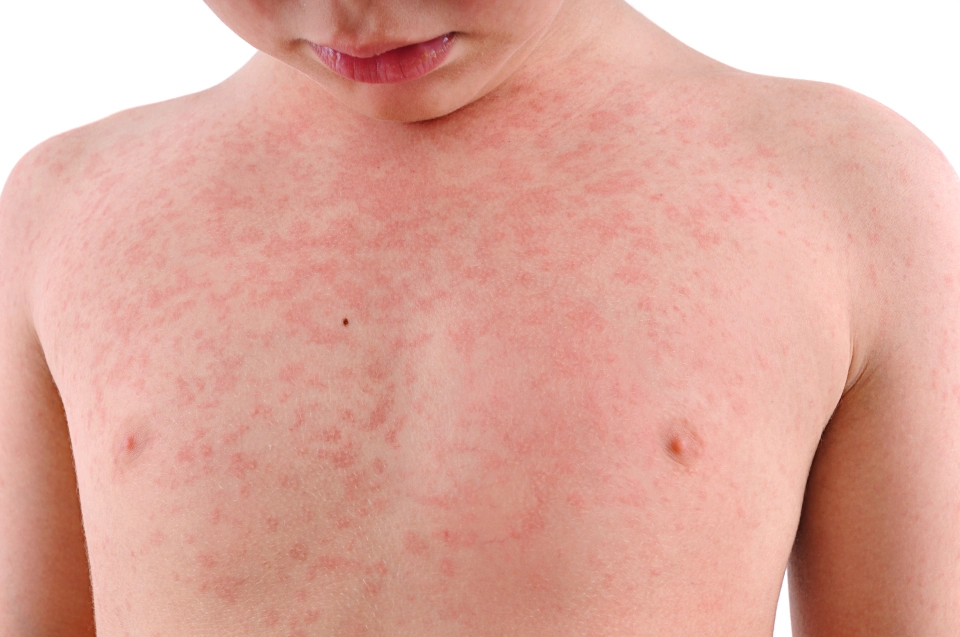Heat rash, also known as prickly heat or miliaria, is a common skin condition that occurs when sweat ducts become blocked, causing sweat to accumulate under the skin. This can lead to red, itchy bumps and a prickly sensation on the affected area. Heat rash is most commonly seen in hot and humid weather, but can also occur in any situation where the skin becomes overheated, such as during exercise or in a sauna.
Symptoms of Heat Rash
The most common symptoms of heat rash include:
Red, itchy bumps on the skin
A prickly or stinging sensation on the affected area
Small, clear blisters on the skin
Swelling and redness in the affected area
A feeling of tightness or discomfort on the skin
Heat rash typically affects areas of the skin that are covered by clothing or that come into contact with other surfaces, such as the chest, neck, back, and thighs. The rash can also occur on the face and scalp, but this is less common.
Treatment for Heat Rash
If you suspect you have heat rash, the first step is to remove any clothing or other materials that may be causing or worsening the condition. Next, try to cool down the affected area by applying a cool compress or taking a cool shower or bath.
Over-the-counter creams and lotions containing calamine or hydrocortisone can also be used to relieve itching and inflammation. These products can be found at most drug stores and can be applied directly to the affected area.
If your heat rash is severe or does not improve with over-the-counter treatments, you may need to see a dermatologist for a more advanced treatment. They may prescribe a stronger cream or lotion, or even antibiotics if the rash becomes infected.
Prevention of Heat Rash
To prevent heat rash, it is important to take steps to keep your skin cool and dry. This includes:
Wearing loose-fitting, lightweight clothing made from breathable fabrics, such as cotton
Avoiding tight clothing or synthetic fabrics that trap sweat against the skin
Staying in cool, well-ventilated areas when the weather is hot and humid
Using an antiperspirant or deodorant to control sweating
Taking cool showers or baths to help lower your body temperature
Avoiding activities that make you sweat excessively, such as strenuous exercise or prolonged sauna use
It is also important to keep in mind that heat rash can occur in any situation where the skin becomes overheated, so it is important to be aware of your own personal triggers and take steps to avoid them.
Conclusion
Heat rash is a common skin condition that occurs when sweat ducts become blocked, causing sweat to accumulate under the skin. The most common symptoms include red, itchy bumps and a prickly sensation on the affected area. Treatment for heat rash includes cooling the affected area, using over-the-counter creams and lotions, and avoiding activities that make you sweat excessively. To prevent heat rash, it is important to take steps to keep your skin cool and dry, such as wearing loose-fitting, breathable clothing and staying in cool, well-ventilated areas. If your heat rash is severe or does not improve with over-the-counter treatments, it is important to see a dermatologist for a more advanced treatment.

 Home
Home Health
Health Diet & Nutrition
Diet & Nutrition Living Well
Living Well More
More












